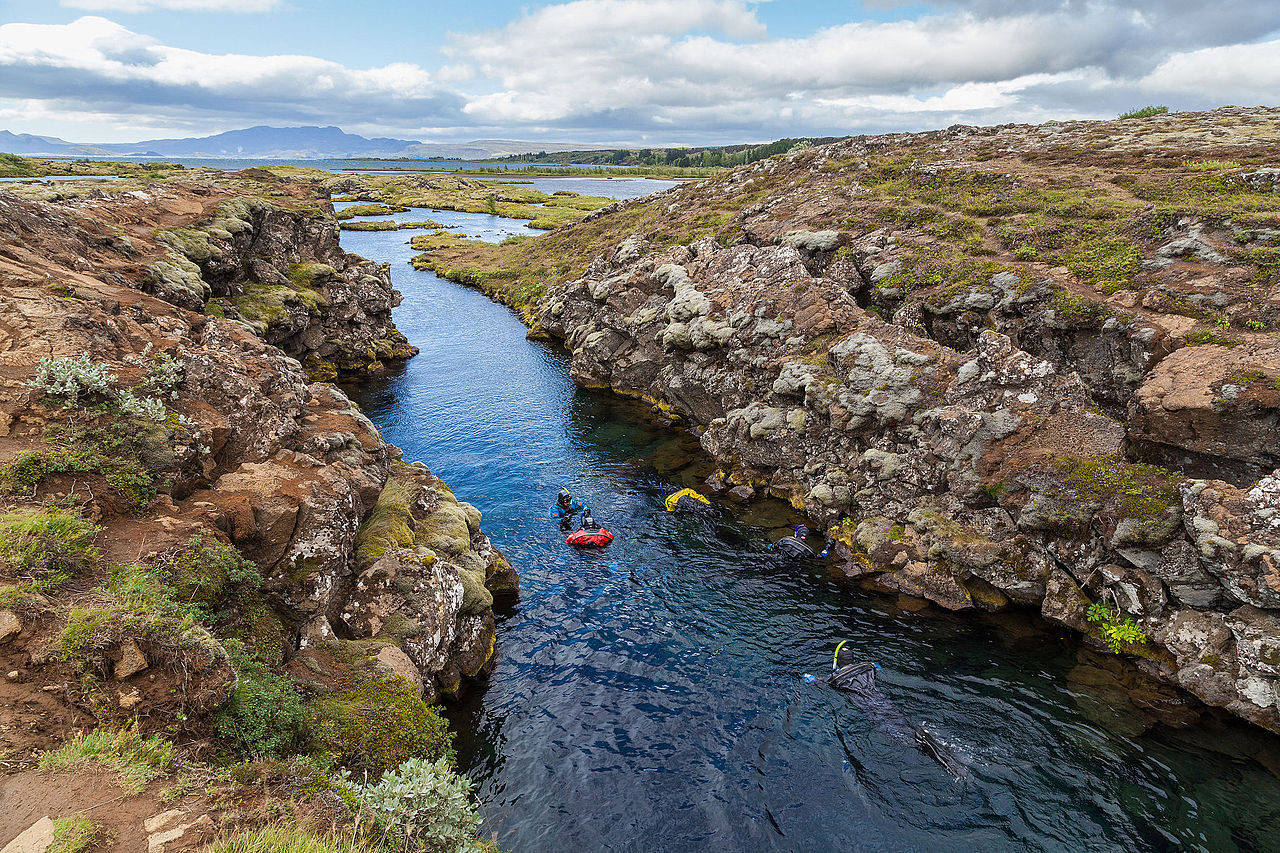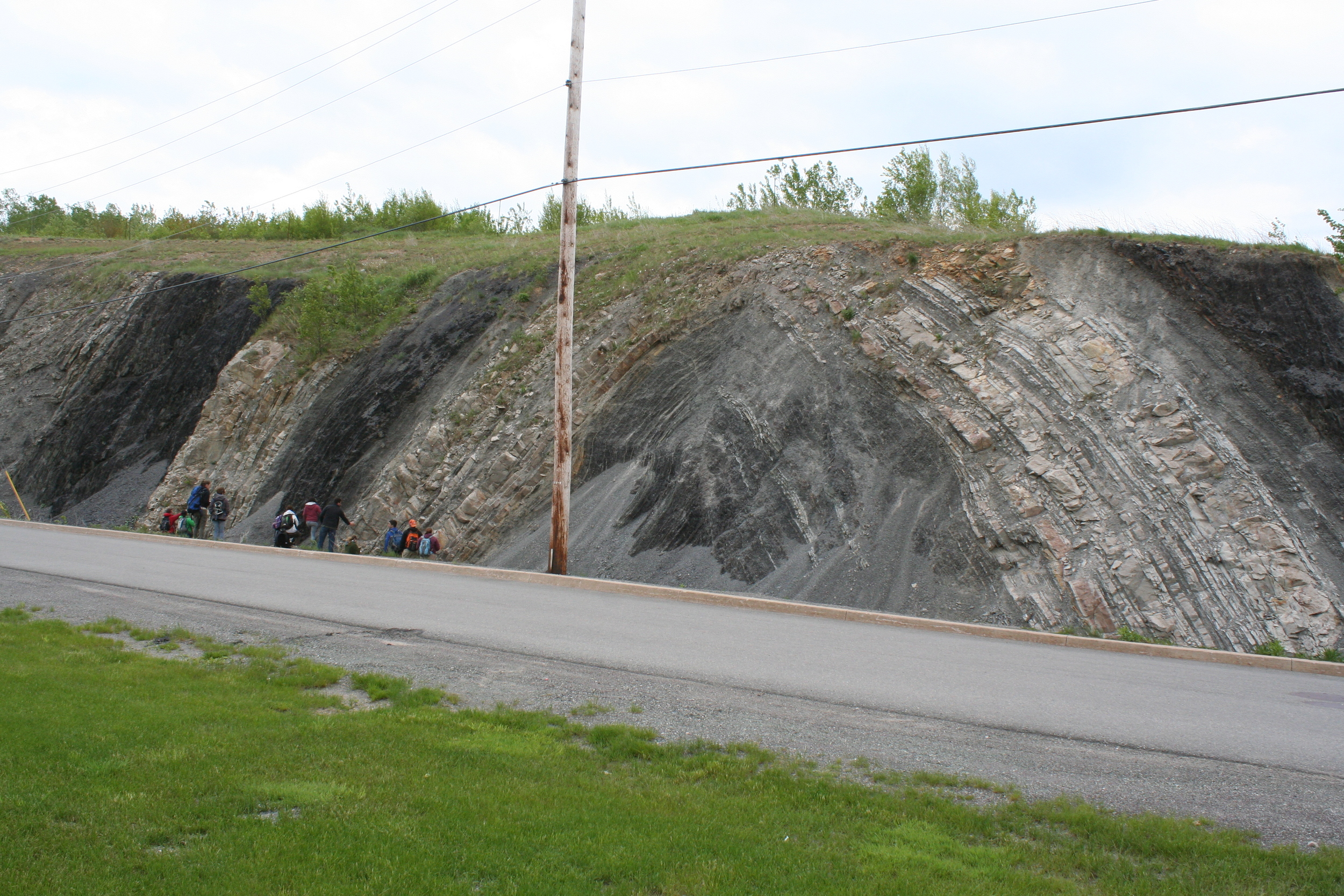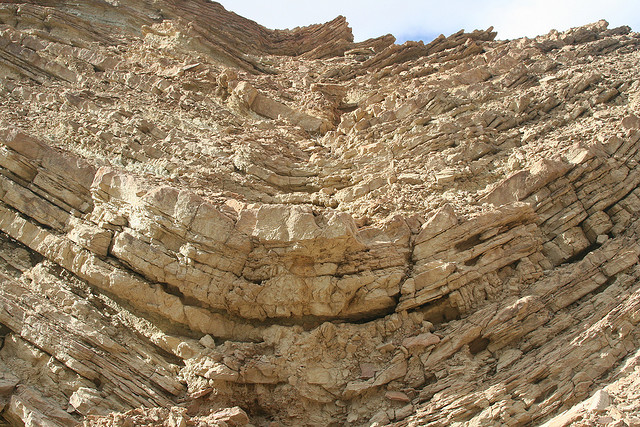Planet Earth
Model:
An idea of something that can’t be fully known or seen. A way to picture an object in its real form.
- Example: Globe is a model of Earth
Geologists:
Scientists that study Earth, who use models to understand the inner structure
Earth:
Approximately 4.6 billion years ago the chemical elements that constitute Earth cooled enough to form a planet.
...From the inside going out
Inner Core:
Very dense - consists mainly of solid iron and nickel, reaching temperatures of 7000 degrees Celsius
Outer Core:
Thought to be liquid due to pressure not being great enough to turn molten rock into solid
Mantle:
Semi-rigid rock, ductile enough to move slowly (like ridiculously slow)
Crust:
Rigid rock that covers surface of Earth.
Continental Plates
In 1910 a German scientist Alfred Wegener noticed that the shapes of the continents seemed to fit together
He developed a theory that at one time the continents had been joined together forming a single land mass called: “PANGAEA” (all lands)
Since the time of Pangaea over time the continents have drifted apart known today as “CONTINENTAL DRIFT”
Wegner looked at the following to conclude that the continents once formed a large land mass:
- He studied the rock formations from the separated continents
- Examined land formations (mountains)
- He even looked at the possibility of tropical regions previously subsiding in the polar regions
This theory was also corroborated later by palaeontologists who found fossils matches across areas that are now divided by ocean.
The Theory Of Plate Tectonics
Lithosphere:
Spans from the top layer of the mantle to the upper crust of Earth
Plate Tectonic Theory:
- The lithosphere is broken up into large pieces much like a puzzle called “PLATES”
- Each plate carries either a continental (land) or an oceanic piece
Boundary:
Edge where plates meet
Diverging Boundary:
Where two of the Earth’s plates move apart
Iceland is dead smack in the middle of a rift valley formed by two diverging plates.
Converging Boundaries:
Plates are moving toward each other
2 Types of Converging Boundaries
Subduction:
One plate carries heavier/thinner oceanic crust, the other plate is lighter/thicker continental crusts
Continental Push:
Two plates with continental crust move up against each other, therefore forming a mountain
KLINGON NOT TOO HAPPY THERE IS A CONTINENTAL PUSH HAPPENING ON HIS FOREHEAD
Transform Boundaries:
Plates slide sideways past one another, however it is not smooth, this is because the rocks either bind or catch on each other causing an earthquake.
Earthquakes
The crust of the Earth is technically broken into separate plates that have been shifting around slowly since the Earth cooled billions of years ago.
Tectonic plates shift around Earth at an extremely slow rate, about 1 to 2 inches a year. (Think at the speed your toe nails grow)
Earthquake:
- Tremblings/vibrations in the ground cause by the sudden release of energy slowly building up in the Earth's crust.
- Tectonic plates push on one another causing pressure build up. This causes the rock to first change in shape and then break, this break is called the FOCUS
A SIESMOGRAPH MEASURES VIBRATIONS CAUSED BY EARTHQUAKES
Seismic wave:
The immense pressure released radiates through the crust causing it to shake
Epicenter:
The point on the surface directly above the FOCUS
Volcanos
Volcano:
A rupture on the crust that allows hot lava, volcanic ash, and gases to escape from a magma chamber below the surface.
Draw this!
How Mountains Are Formed
Mountain:
Part of the Earth’s surface which tends to be much higher than the land around it.
Mountains are created when two or more tectonic plates collide in a convergent manner pushing the continental crust together and upward.
Folded Mountain VS. Fault Mountain
Folded Mountain:
- Sedimentary rock under slow, gradual pressure can fold (bend like plastic because they are made soft by the heat) or break and change to metamorphic rock
- The upward, or top part of folded rock is called ANTICLINE
- The downward, or bottom part of folded rock is called SYNCLINE
Faulted Mountain:
- Rocks are pushed upward in a block fashion, there is no folding, only breaking
- The place where the crack or break occurs is called “fault” and is often below the surface of the Earth
- When older rock ends up on top of younger rock, the result is the formation of fault Block Mountains
How does rock bend?
-Because rocks are hard they can only fold after they have been heated or pressure is put on them
-This is when the Theory of Plate Tectonics play a major factor, because colliding plates provide the heat and pressure therefore softening the rocks
-As the rocks push together they wrinkle and fold upward creating mountains





















